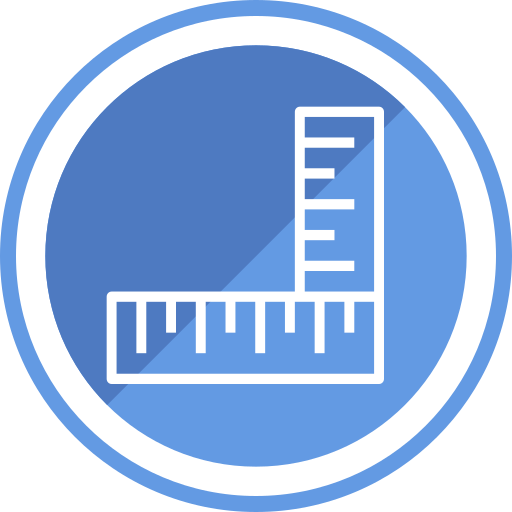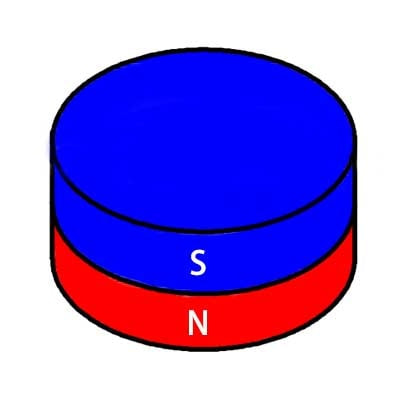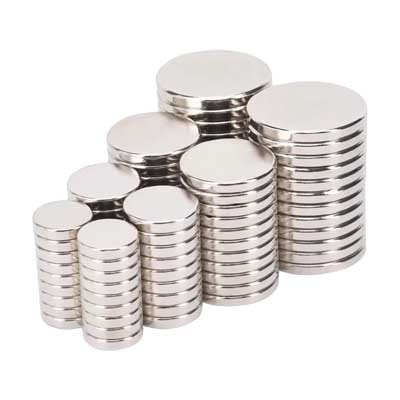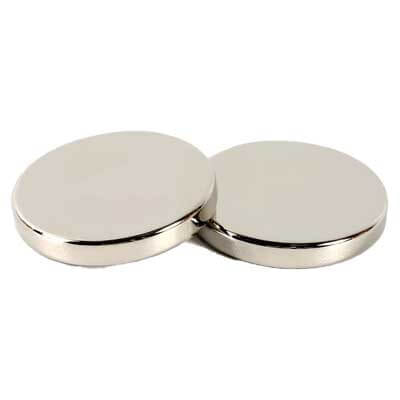Neodymium magnet, or Nd2Fe14B, is one of the rare earth magnets, forming a tetragonal crystal structure that delivers exceptional magnetic strength. The price of these rare earth magnets varies depending on the grade, size, shape, and coating.
Here is the raw material composition and price table for reference only based on typical formulations:
| Symbol | Element | Typical Content (%) | Example Price (USD/kg) | Notes |
|---|---|---|---|---|
| Nd | Neodymium | 25-35% | 85-120 | Primary rare earth component; Prices fluctuate with Chinese export quotas |
| Fe | Iron | 65-75% | 0.15-0.30 | Base metal; Stable prices due to abundant supply |
| B | Boron | ~1% | 4-6 | Essential for crystal structure; High-purity boron required |
| Co | Cobalt | 0-5% | 32-45 | Added for corrosion resistance; Volatile prices due to battery industry demand |
| Dy | Dysprosium | 0-8% | 300-450 | Critical for high-temperature performance; Strategic reserve material |
| Al | Aluminum | 0.1-1% | 2.2-2.8 | Grain boundary additive |
| Nb | Niobium | 0.3-1% | 40-65 | Enhances coercivity; Specialty metal market dynamics affect pricing |
| Ga | Gallium | 0.05-0.5% | 180-250 | Improves thermal stability; Tight supply from semiconductor industry competition |
(1) Factors Influencing Price
①Raw Material Cost Volatility (60% Impact):
Nd (Neodymium): Prices vary by 30–50% annually
Dysprosium (Dy): Critical for high-temperature magnets, but its price swings by 200–400%
Iron and boron: Minor influence, contribute <5% to magnet costs
②Manufacturing & Processing Costs (25% Impact)
Manufacturing factors:
Energy-Intensive Production: Including processing(sintering, bonding, hot-pressing, and melting) and green energy transition.
Labor & Regulartory compiance: The labor costs and required certificates.
| Factor | Impact on Cost |
|---|---|
| Rare Earth Prices | Nd ($80/kg), Pr ($60/kg), Dy (~$300/kg) fluctuations dominate. |
| Magnet Grade | UH/EH grades (high-temp) cost 2–3x more than N-grades. |
| Order Volume | 10%–30% discount for bulk orders (>10,000 pcs). |
| Surface Treatment | Ni-plating adds 5–10%, while multi-layer coatings (e.g., Zn+epoxy) add 15–20%. |
| Tolerance & Complexity | Tight tolerances (<±0.05mm) and custom shapes increase machining costs by 30–50%. |
③Supply Chain & Geopolitical Risks (10% Impact)
Supply Chain Disruptions: The logistics with global shipping and inventory management
Trade Policies: The import and export tariffs between destination countries/regions and China, and maybe cost with EU Critical Raw Materials Act.
④Market Demand Dynamics (5% Impact)
Cyclical Industry Demand: Such as EV adoption and consumer technique with periodic price increasing.
(2) Typical Price Ranges (for reference only)
| Grade | Size (DxH mm) | Unit Price (USD) | Application Example |
|---|---|---|---|
| N35 (Standard) | 10x5 | $0.10–$0.30 | DIY crafts, sensors |
| N42 (Medium) | 15x8 | $0.50–$1.20 | Motors, loudspeakers |
| N52 (High-Energy) | 20x10 | $1.80–$3.50 | Wind turbines, MRI machines |
| N42SH (High-Temp) | 25x12 | $3.00–$6.00 | EV motors, aerospace |
(3) Market Trends
Supply Chain Risks: China dominates Nd production (80%+), leading to geopolitical price volatility.
Recycling Initiatives: Organizations like the HyProMag USA and The EU-funded HARMONY Project recover Nd from discarded electronics.
Market Opportunities: Expansion into emerging markets with growing demand for electric vehicles, renewable energy, and consumer electronics.




 Customized is available
Customized is available T/T or L/C accepted
T/T or L/C accepted EXW/FOB/CIF/DDU first
EXW/FOB/CIF/DDU first 24 hours customer services
24 hours customer services Offer free magnetic solution
Offer free magnetic solution Quality guaranteed
Quality guaranteed 3~20 days lead time
3~20 days lead time Free samples provided
Free samples provided 100% secured online ordering
100% secured online ordering



